There’s nothing like a warm autumn day to beckon us outside to finish the garden tasks for the year. Pruning may seem like a natural addition to the fall checklist, but before you take out the pruning shears, it’s important to know which plants, if any, need to be pruned—and which ones to leave!
Should I Prune Shrubs in the Fall?
When looking around your garden, it may be tempting to prune your unruly shrubs back into shape while you have the time. But, the rule for pruning in the fall is, generally, don’t do it. Why? In the fall, shrubs are slowing down, preparing for dormancy, and hardening their branches in preparation for winter. Pruning stimulates new growth, which may not have time to harden off before the cold arrives. This could result in dieback over the winter, which can damage the plant.
Exceptions: What You Can Prune In the Fall
Even though you should leave most shrubs alone, there are some exceptions to the rule, such as:
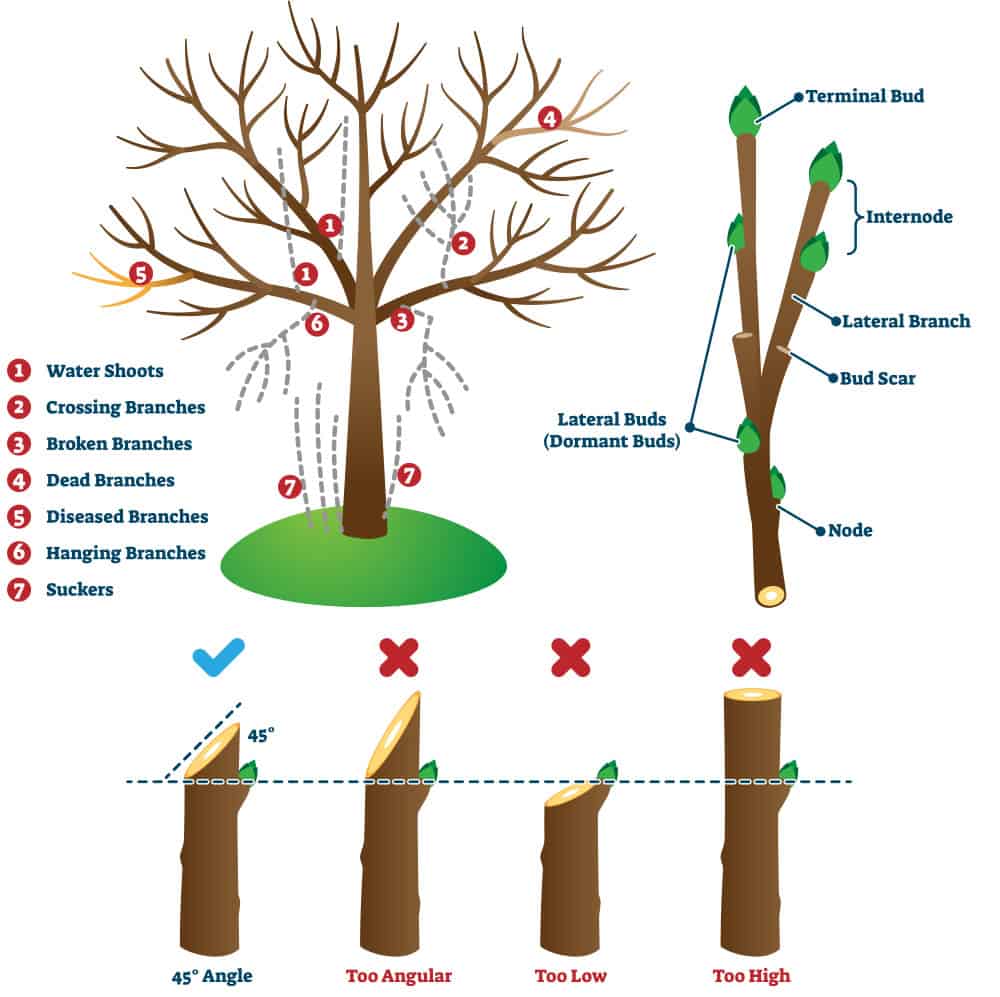
- Dead, Diseased, and Damaged Branches: these branches pose a risk to the plant as they can harbor disease. Your shrubs won’t be damaged when you prune out the dead wood in the fall, and it’s necessary to prune out the disease now, so it doesn’t spread over the winter.
- Maples and Birches: it’s not ideal to prune maples or birch trees in the late winter or spring, as they can lose a lot of sap during that time of year. Instead, you can prune them in the fall after their leaves fall off and they become dormant.
What Perennials to Cut Back in the Fall
While not all perennials need to be cut back to the ground, there are some which benefit from having their stocks and leaves removed before winter:
- Perennials Susceptible to Disease: peonies, lilies, iris, and garden phlox are common perennials that are susceptible to fungal infections over the winter. To prevent this problem before it happens, cut back their leaves to 4-6” in the fall, once they turn yellow. Any other perennials suffering from powdery mildew, slugs, or other infections should also be cut down.
- Disorderly Perennials: if you want to have an ordered look in the garden over winter, cut back any unruly-looking perennials that are falling over, or will fall during winter, such as delphiniums and monk’s hood.
 What Perennials to Leave in the Fall
What Perennials to Leave in the Fall
By and large, most perennials can be left in the fall, either as winter interest or as habitat for wildlife. Here’s a breakdown of which perennials to leave:
- Evergreen Perennials: before you prune, keep in mind that some perennials are evergreens, meaning they will use their same leaves again next spring. A great example of this are coral bells.
- Seedheads for Birds: you can provide food for birds over winter by leaving any plants that have significant seedheads, such as:
- coneflowers
- black-eyed Susans
- Joe Pye weed
- goldenrod
- asters
- hyssops
- bee balm
- sunflowers
- grasses
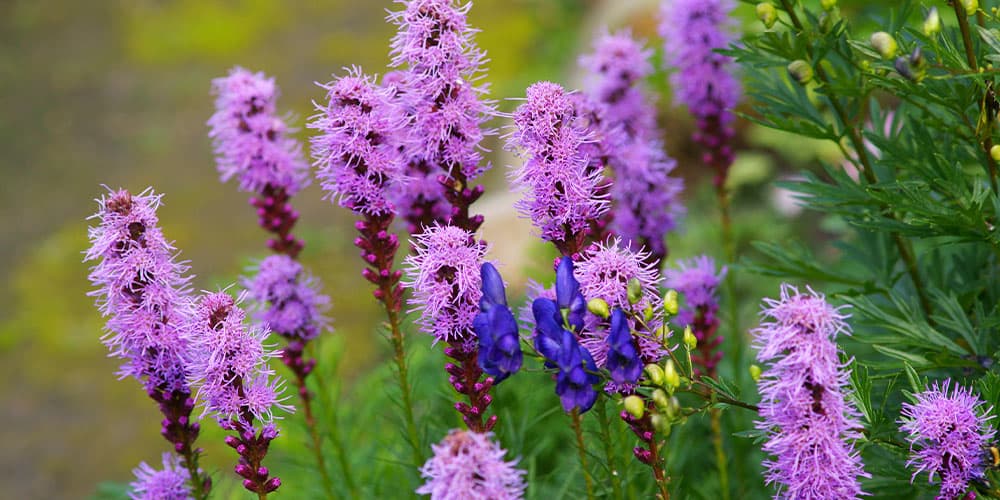
- Perennials for Winter Interest: any perennials with strong stalks that will stay standing during the winter can be left for winter interest, including blazing star, ligularia, globe thistle, coneflowers, Joe Pye weed, and hydrangeas (technically a shrub).
- Habitat for Insects: any perennials that you don’t need to cut down can be left as a habitat for beneficial insects. Dead stalks and dead leaves provide ideal overwintering sites for native solitary bees, soon-to-be butterflies in their cocoons, ladybugs, lacewings, and many others that are a boon to your garden and the ecosystem.
When Can I Prune Shrubs?
Now that we know it’s best to leave most shrubs and trees alone in the fall, you may be asking: when can I prune them? The answer depends on when they’ll be blooming and when they set their buds. Most summer-flowering shrubs should be pruned in the late winter or early spring before they start developing flower buds.
Spring-flowering shrubs, such as lilacs and forsythia, form their buds for the spring during the previous summer. To preserve the buds, it’s important to wait for the window after they finish flowering before pruning them.
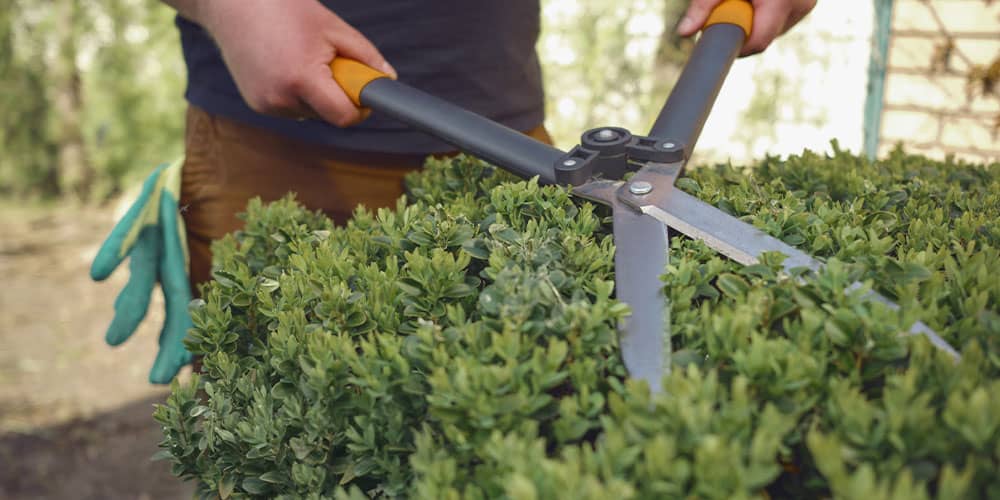 Hedges can be reshaped anytime, except fall. And of course, if some other reason for pruning is more important to you than flowers—for example, a shrub is too large—you can prune shrubs anytime during the growing season, without risking any damage to the plant. Just remember to stop pruning by the end of summer to let all of your shrubs prepare properly for dormancy in the fall.
Hedges can be reshaped anytime, except fall. And of course, if some other reason for pruning is more important to you than flowers—for example, a shrub is too large—you can prune shrubs anytime during the growing season, without risking any damage to the plant. Just remember to stop pruning by the end of summer to let all of your shrubs prepare properly for dormancy in the fall.
Knowing what to prune in the fall and what to leave, not only helps you protect your plants, but also helps you retain beauty in your garden over winter. For any more information, visit our Garden Center in Moultonborough, New Hampshire, and follow us on Facebook or Instagram for more updates!


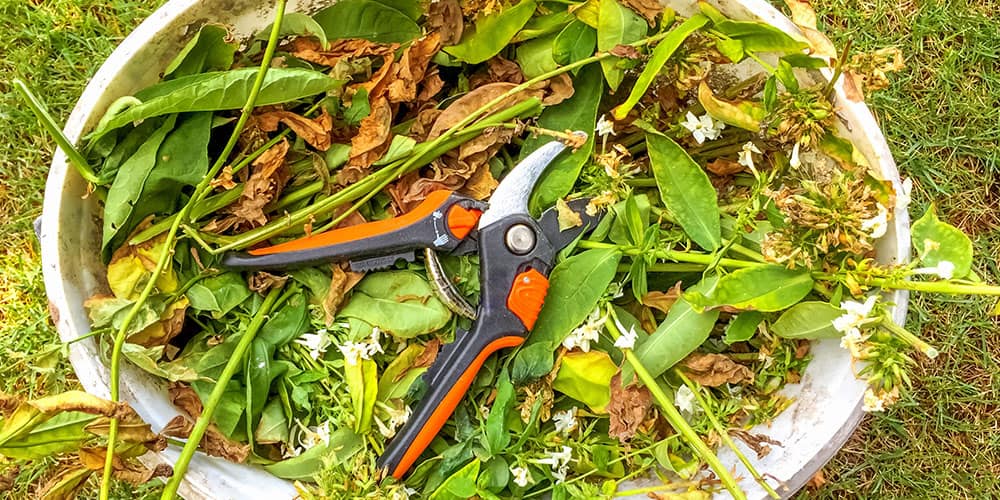 What Perennials to Leave in the Fall
What Perennials to Leave in the Fall 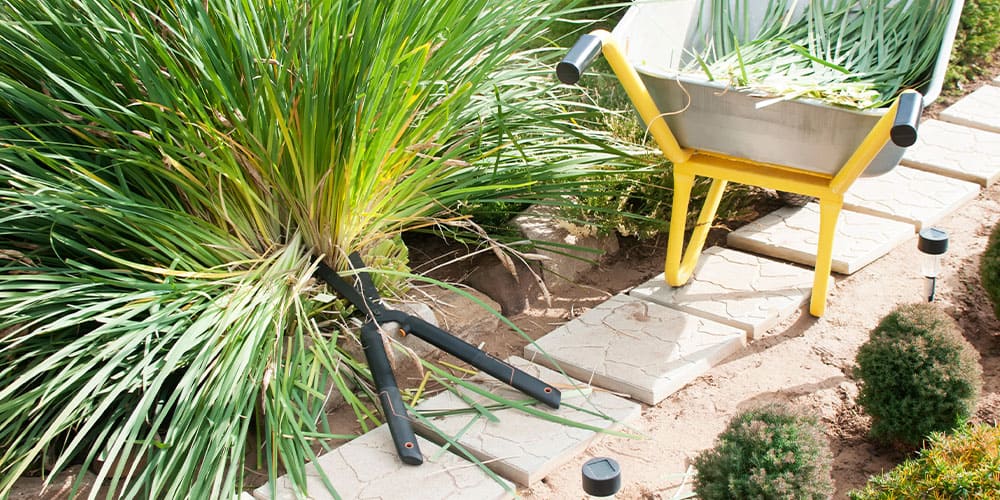
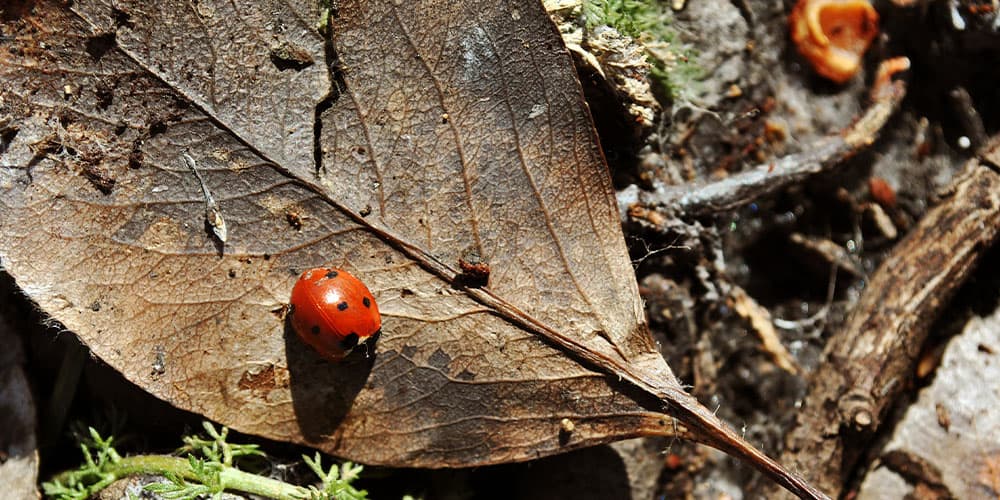
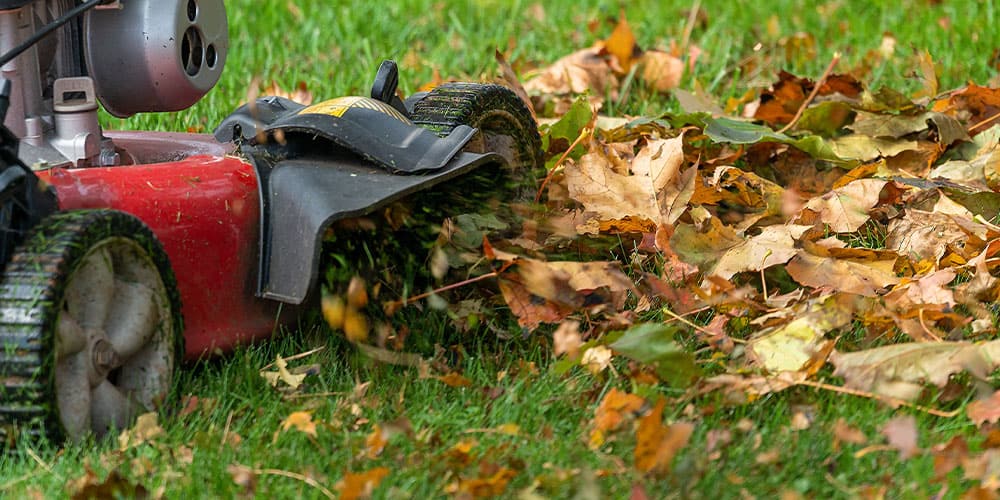
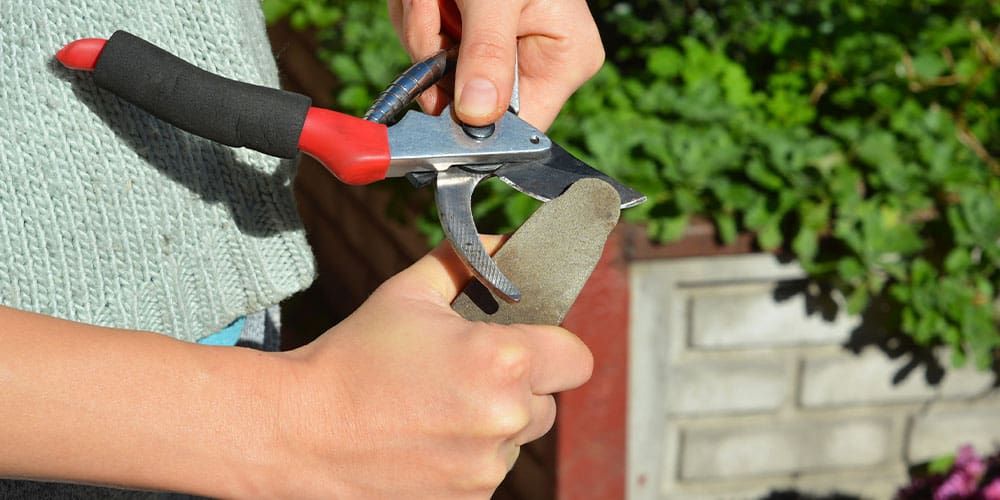
 Step 3: Intuit the Weather
Step 3: Intuit the Weather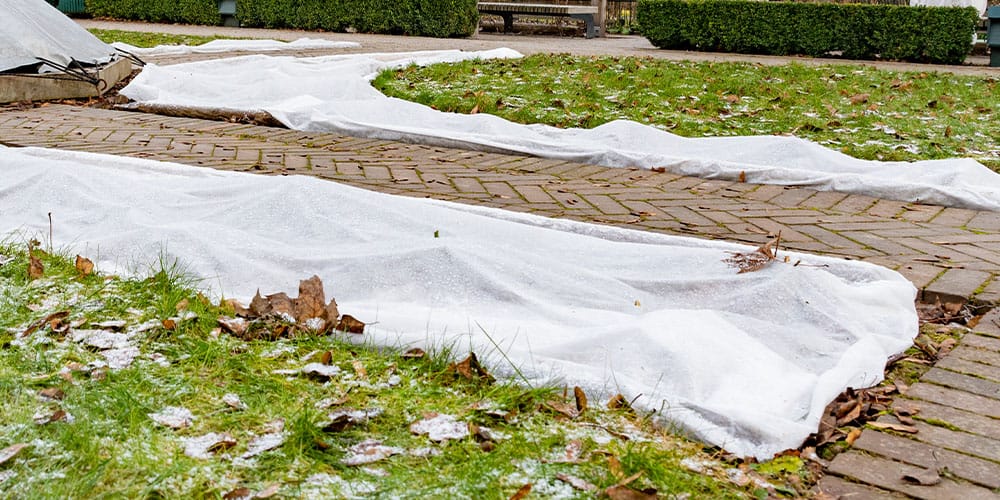 Preparing Your Plants for Frost and Winter in New Hampshire
Preparing Your Plants for Frost and Winter in New Hampshire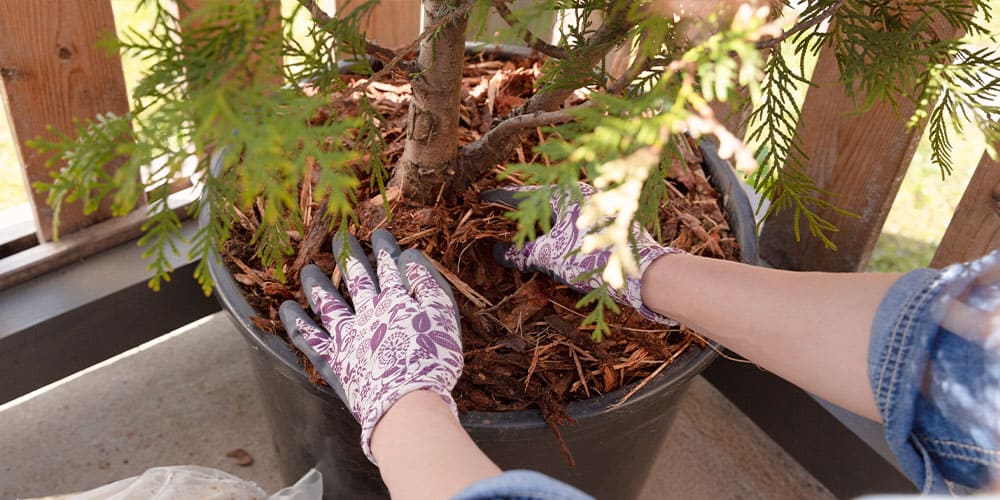 To prevent it, water any vulnerable evergreens throughout the fall until the ground freezes.
To prevent it, water any vulnerable evergreens throughout the fall until the ground freezes. 
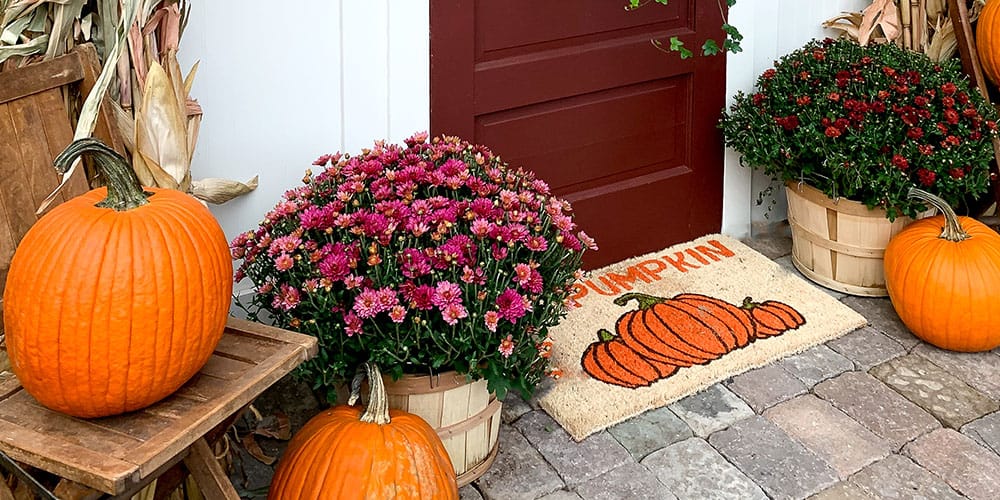
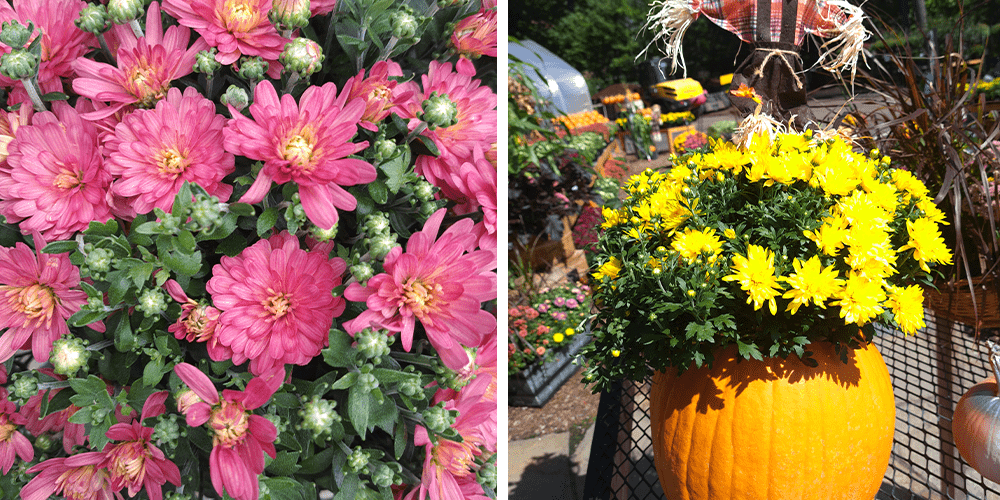
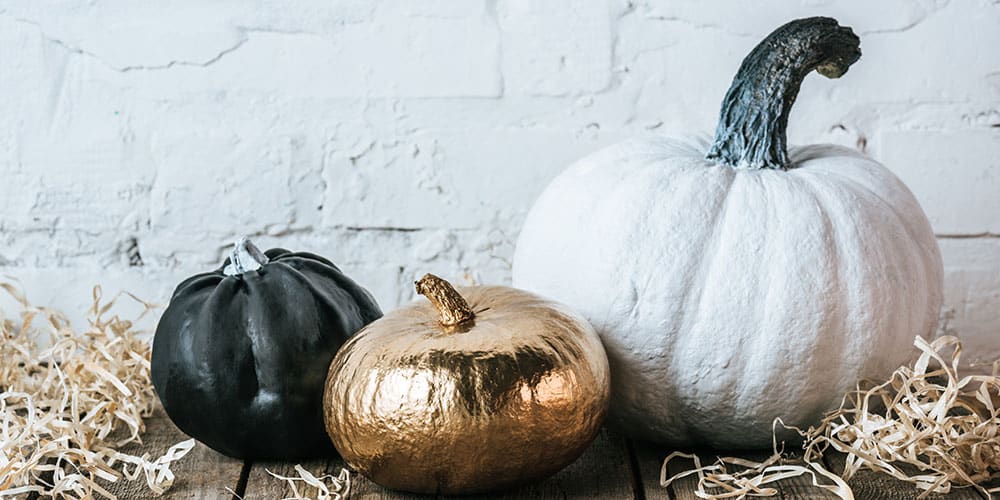
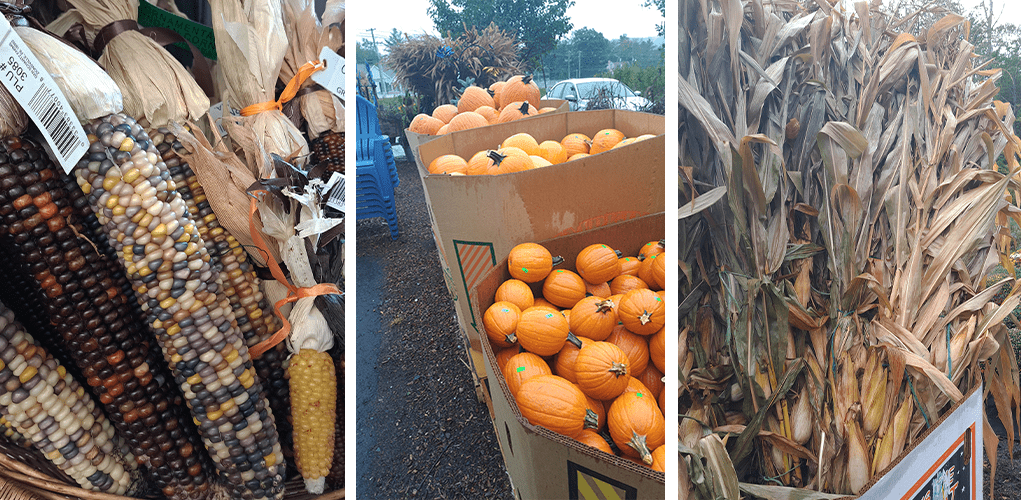
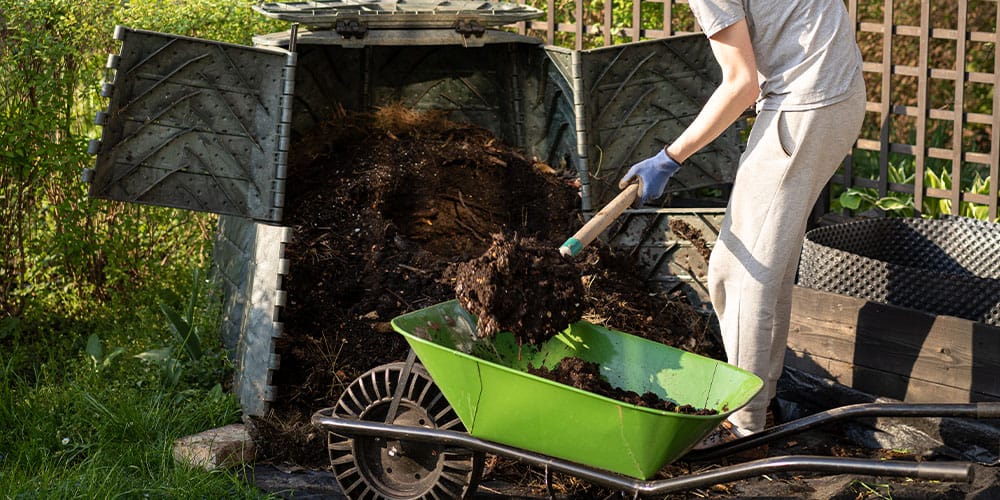 How to Add Compost to Tree Beds
How to Add Compost to Tree Beds 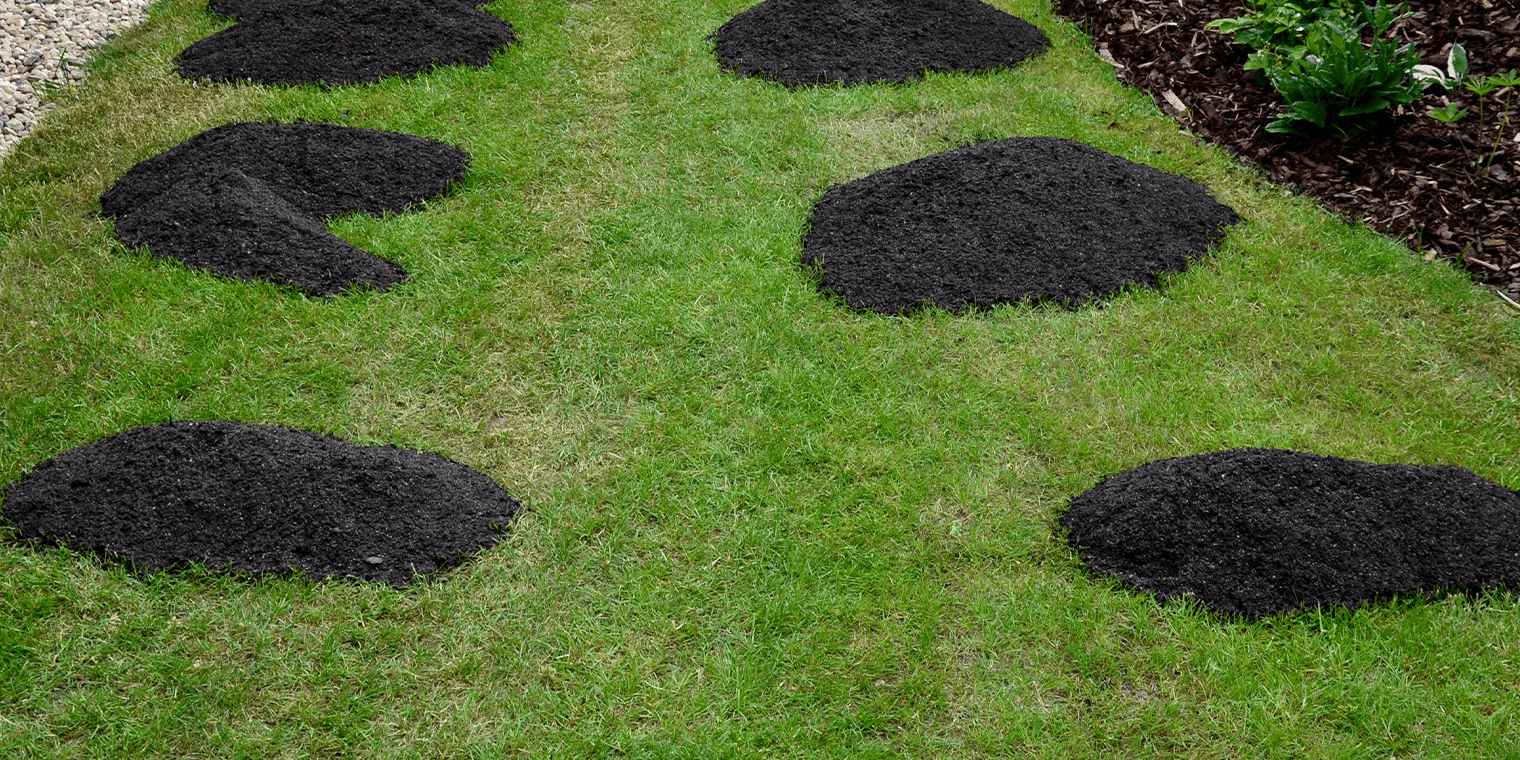 The best time to topdress your lawn with compost is right after aerating, but you can topdress anytime when the ground is not frozen. You can apply compost every spring when the lawn is just beginning to green up and in late autumn when the leaves are starting to fall; this will keep your grass looking beautiful all year! You can spread it across small yards with a compost wheel or peat spreader or use your hands to sprinkle it evenly.
The best time to topdress your lawn with compost is right after aerating, but you can topdress anytime when the ground is not frozen. You can apply compost every spring when the lawn is just beginning to green up and in late autumn when the leaves are starting to fall; this will keep your grass looking beautiful all year! You can spread it across small yards with a compost wheel or peat spreader or use your hands to sprinkle it evenly. 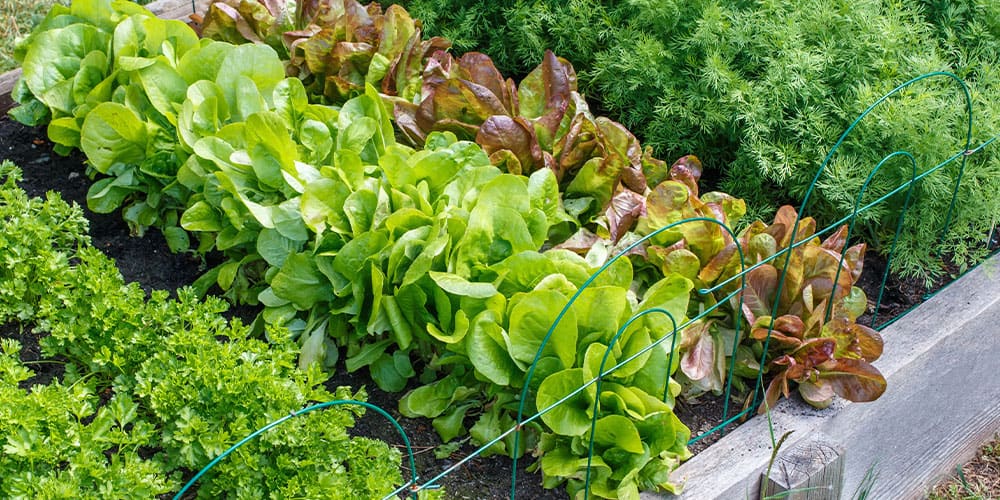 Use Compost in a Veggie Garden
Use Compost in a Veggie Garden